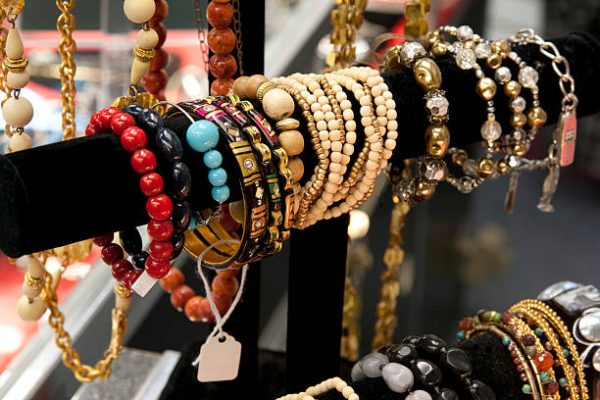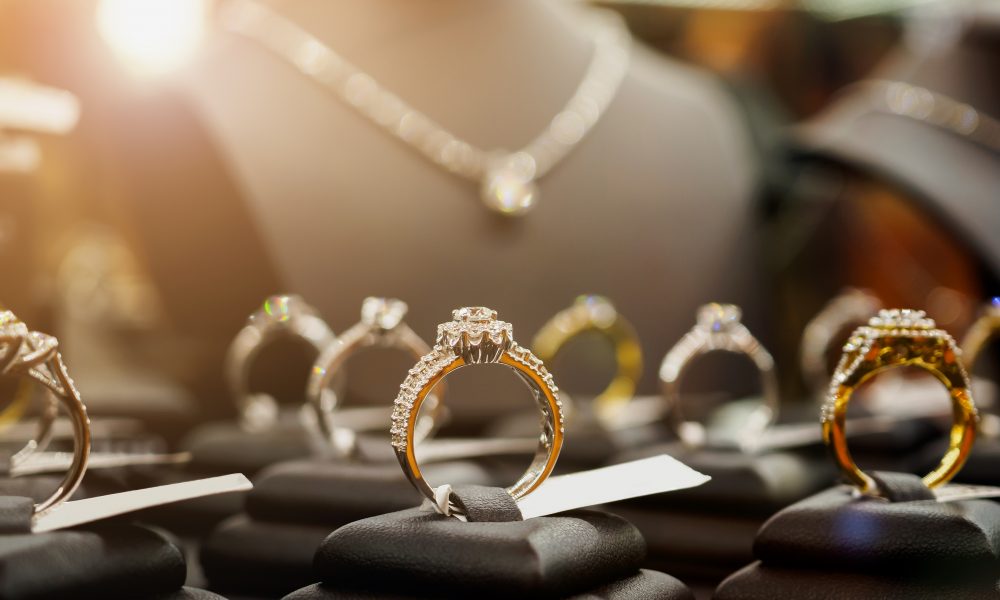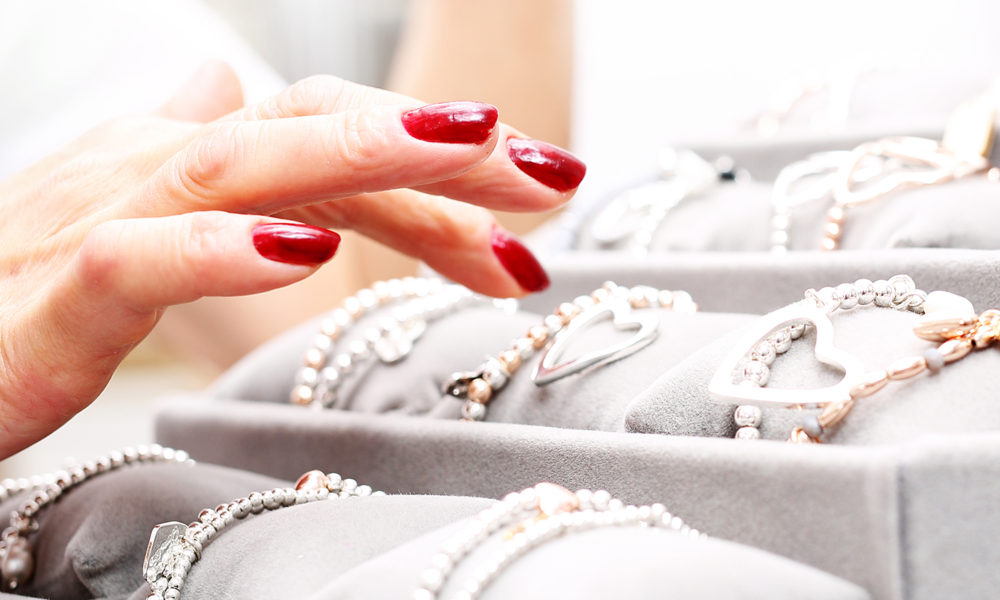Jewelry has been an integral part of human culture since ancient times. The earliest forms of jewelry were made of shells, bones, and stones, and were used for both functional and decorative purposes. Over the centuries, jewelry has evolved to reflect changing styles, materials, and cultural influences. In this article, we will explore the evolution of jewelry trends through the ages.
Ancient Jewelry
The earliest forms of jewelry date back to the Stone Age, when humans wore simple necklaces made of shells and animal bones. As civilization developed, so did the sophistication of jewelry. In ancient Egypt, jewelry was a symbol of status and power, and was often buried with the dead. Gold and precious stones such as lapis lazuli and turquoise were used to create intricate designs, such as the iconic scarab beetle.
In ancient Greece, jewelry was used as a form of currency and was often given as gifts. The Greeks were skilled at creating intricate gold and silver jewelry, often featuring mythological creatures and gods. Roman jewelry was similarly ornate, with precious stones such as emeralds and diamonds set in gold and silver.
Medieval Jewelry
During the Middle Ages, jewelry became more elaborate and symbolic. The Catholic Church influenced jewelry design, with religious themes such as crosses and saints becoming popular motifs. Precious metals and stones were still important, but enamel and filigree techniques were also used to create intricate designs.
Renaissance Jewelry

The Renaissance saw a revival of classical styles and a renewed interest in ancient cultures. Jewelry design became more complex, with pearls, rubies, and diamonds becoming popular. The rise of the merchant class also led to the creation of more affordable jewelry, such as cameos and lockets.
Art Nouveau Jewelry
The late 19th and early 20th centuries saw the emergence of the Art Nouveau movement, which rejected the ornate styles of the past in favor of more organic, flowing designs. Jewelry designers such as René Lalique and Louis Comfort Tiffany created pieces featuring natural motifs such as flowers, insects, and animals. The use of new materials such as glass and enamel allowed for more color and texture in jewelry design.
Art Deco Jewelry
The 1920s and 1930s saw a return to more geometric, streamlined designs in jewelry. Art Deco jewelry was characterized by bold colors and materials such as onyx, coral, and jade. Diamonds were still popular, but were often set in platinum for a sleek, modern look.
Contemporary Jewelry
Today, jewelry design is more diverse than ever. From simple, minimalist pieces to bold, statement jewelry, there is something for every taste and style. Technology has also had an impact on jewelry design, with 3D printing and laser cutting allowing for new forms and materials.
The evolution of jewelry trends through the ages reflects changing cultural and artistic influences, as well as advances in technology and materials. From the simple shells and bones of our ancestors to the intricate gold and precious stones of ancient civilizations, jewelry continues to fascinate and inspire us.




